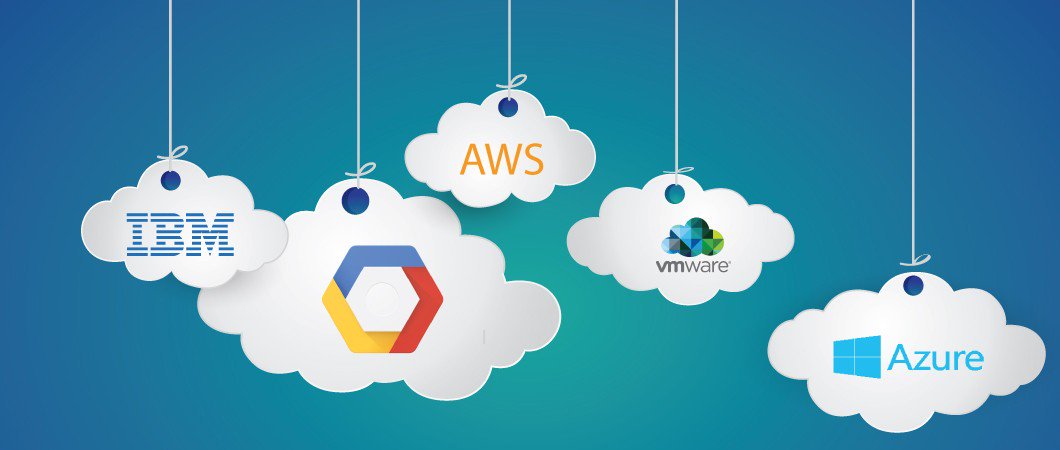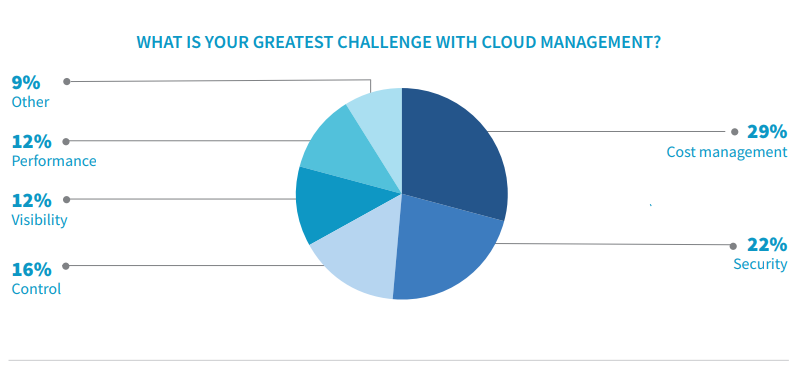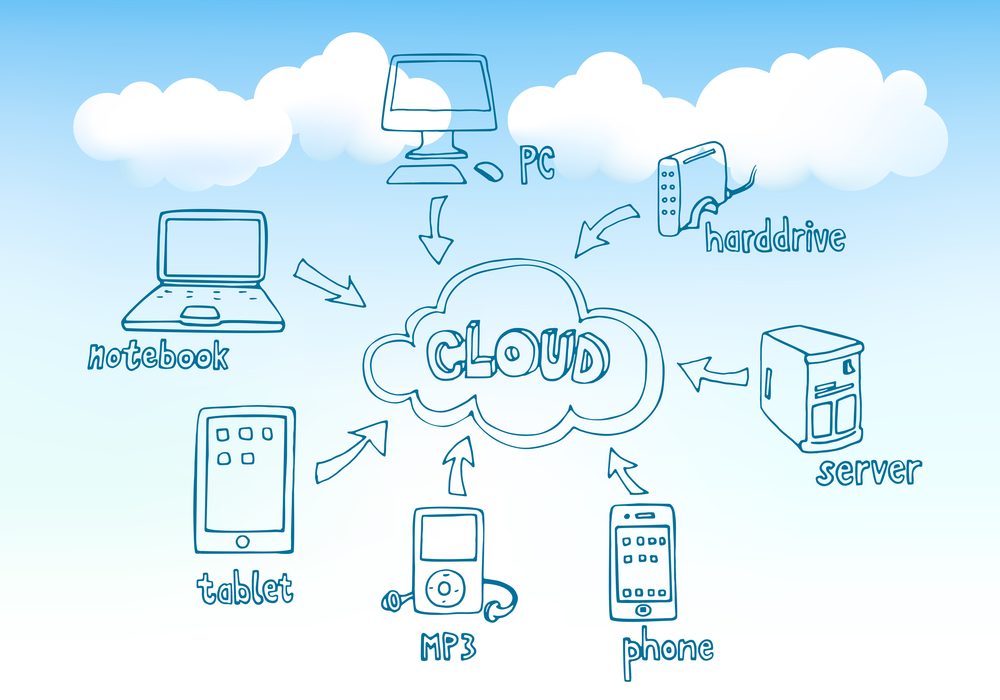Amazon Web Services, Microsoft and Google may be fighting tooth and nail for customers, but enterprises around the world have already started using multiple cloud vendors.
A recent survey conducted by Cloud network analytics company Kentik revealed several interesting developments. The report, “AWS Cloud Adoption, Visibility & Management,” is a compilation of analysis based on the responses of 310 executive and technical attendees at the November AWS re:Invent conference.
Though there were several highly interesting developments to read about in Kentik’s report, which I will list below, we are going to concentrate on one, Multi-Cloud.
Key Developments:
Cost Management emerged as the biggest cloud challenge with nearly 30% of the respondents saying that cost is their biggest concern, followed by Security.
59% of respondents said that they are using multiple monitoring tools to gain visibility into their cloud applications.
This is surprising because all major providers have a long list of tools to monitor cloud applications. If customers are using multiple applications, it’s clear that they are not satisfied with the current set of native tools. This could have
9% of respondents reported Cloud Skills gap as their single greatest cloud challenge.
This is not a highly surprising development because acquiring experts with the required skill set to navigate cloud is never going to be an easy task. What complicates things further is the velocity of new services launched by hyperscale providers. Even the experts must stay on a continuous learning curve.
Multi-Cloud
The surprise; more than a third (35%) of respondents reported that they are using Microsoft Azure and 24% said that they use AWS and Google Cloud Platform together.
It gets even better as
“Forty percent (40%) of respondents are multi-cloud users, who reported actively using at least two cloud service providers within their organization. Another 18% said they actively use all of the big-three cloud service providers, i.e. AWS, Azure, and Google Cloud.”
Only 33% of respondents reported having their own infrastructure along with at least one cloud service provider.
Multi-Cloud may have already edged past Hybrid-Cloud as a preferred cloud deployment model. This finding nicely resonate with IDC’s recent report.
According to IDC, Cloud IT Infrastructure revenue surpassed Traditional IT Infrastructure revenue for the first time in Q3-2018.
“In 3Q18, for the first time, quarterly vendor revenues from IT infrastructure product sales into cloud environments surpassed revenues from sales into traditional IT environments, accounting for 50.9% of the total worldwide IT infrastructure vendor revenues, up from 43.6% a year ago.”
We at 1reddrop expect the Cloud IT Infrastructure vs Traditional IT Infrastructure spending to widen over the next several years as Multi-Cloud starts eating into the Hybrid market.
You can download Kentik Whitepaper here




